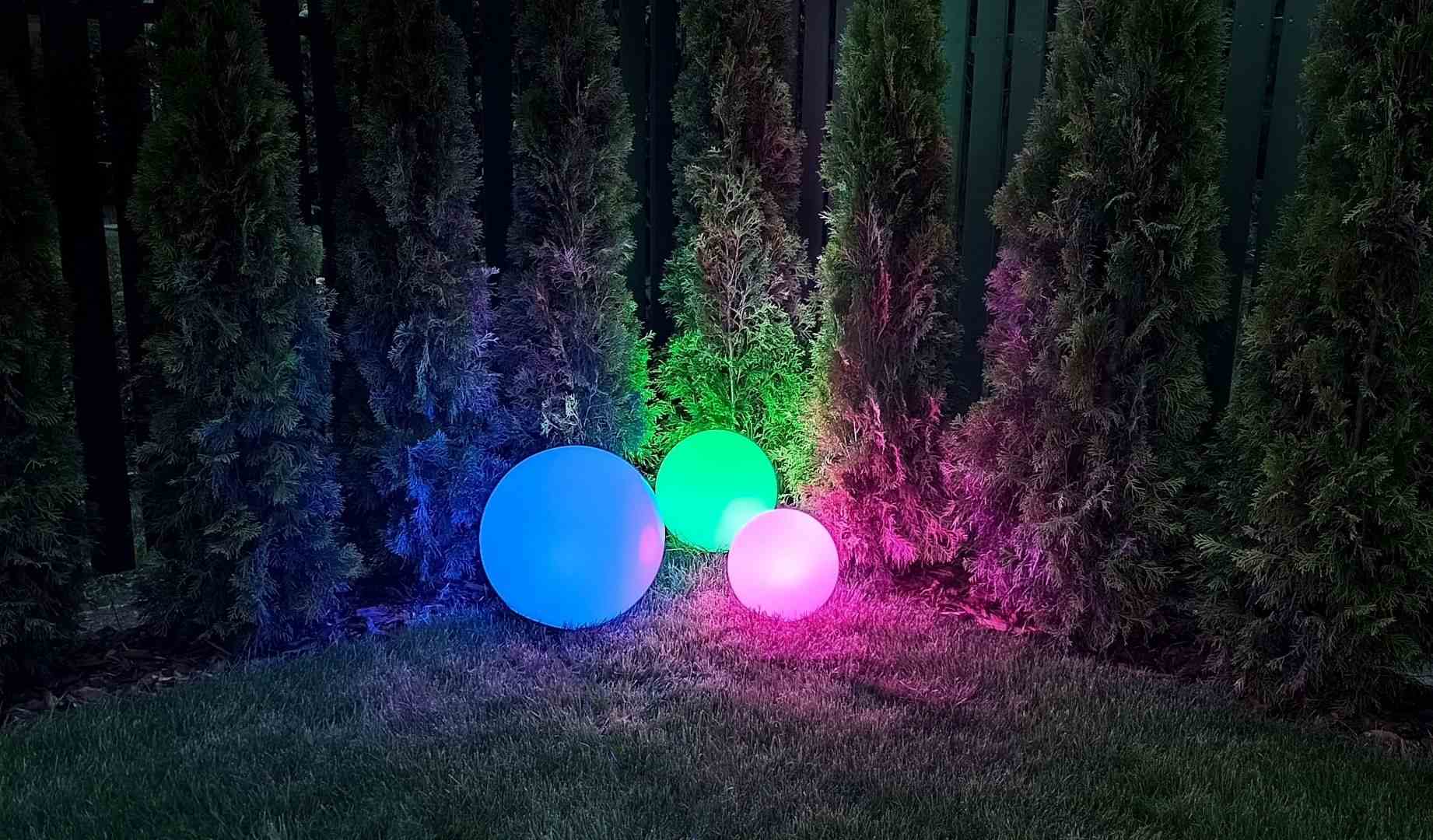Light Color in Outdoor Lamps – How to Choose It and What to Consider?
Choosing the right light color depends on many factors. In this guide, we will tell you what to look for to achieve the desired effect.
Outdoor lighting is essential for both the look and usability of gardens, driveways, and public spaces. A key factor in outdoor lighting is the color of the light, which is defined by its color temperature. Choosing the right light color impacts not only the atmosphere but also the comfort and safety of those using the space. Here are some tips on selecting the ideal light color for outdoor lamps and what to keep in mind when making your decision.
What is light color?
Color temperature measures whether light is warm or cool, with the unit of measurement being kelvin (K). In practice, this indicates which colors dominate the emitted light. A low color temperature represents warm light with an orange hue, while a high color temperature, characteristic of daylight, is cooler and bluer. Below are the three main categories:
Warm light (2700K-3000K): This light has yellowish tones, resembling that of a traditional incandescent bulb. It creates a cozy, relaxing atmosphere.
Neutral light (3500K-4500K): Similar to daylight, this light accurately reproduces colors and is neither too bright nor too cool.
Cool light (5000K-6500K): This light has bluish tones, reminiscent of daylight on a sunny day. It promotes concentration, enhances visibility, and increases the feeling of safety.

What colour light should I choose for my garden?
In garden lamps, neutral light (3500K-4500K) is the most commonly chosen color; however, the purpose of the lighting significantly influences the color selection. You can choose different light colors for fixtures depending on what and where you want to illuminate. The light color should harmonize with the overall style and aesthetics of the surroundings.
Rustic or classic gardens look better with warmer light, which enhances the natural colors of the vegetation and wooden elements. Stone walls, wooden pergolas, and other structures gain a warm, cozy appearance, adding charm to the garden.
Modern, minimalist spaces can benefit from cooler colors that add elegance and a contemporary feel to the area. Modern gardens, characterized by simple lines and minimalist design, often utilize neutral light colors, which enhance the space's elegance and highlight the modern character of the arrangement.
In areas such as driveways, walkways, stairs, or places where safety is crucial, neutral or even cool light is preferable. It increases visibility and helps avoid potential hazards.
In places like terraces or patios, where lighting serves both decorative and practical functions, it is advisable to use neutral light (3500K-4500K). It is bright enough to ensure visibility while still creating a pleasant atmosphere.

Energy Efficiency and LED Technology
Modern lamps equipped with LED light sources generally have a specific light color that should be selected when purchasing a particular model. However, if we would like to retain the option to change the light color, we can choose one of two options. The first is to buy an LED fixture that allows for the adjustment of light color according to needs via a switch located on the lamp. The second option is to purchase a fixture with a replaceable light source. With these solutions, it is easy to adapt the lighting to different conditions and occasions.
Regardless of whether we choose a lamp with a built-in light source or one with a replaceable bulb, opting for LEDs ensures long-lasting use and lower energy consumption, which is beneficial for both the budget and the environment.

Smart light bulbs with light color in the colors from the RGB palette
More and more manufacturers of light sources are introducing bulbs with advanced features that allow remote control of their operation via mobile devices. Depending on the bulb model, smart bulbs come with functionalities such as remote turning on and off, brightness adjustment, and light color change. RGB LED bulbs enable users to select the light color not only based on temperature expressed in kelvins but also from the entire RGB palette, offering approximately 16 million colors to choose from. Smart bulbs are commonly available with E27 and GU10 bases, making them compatible with most lighting fixtures available on the market.

Summary
The choice of light color in outdoor lamps depends on various factors, such as the purpose of the lighting, the style of the garden, and safety considerations. Warm light works well for decorative purposes, creating a cozy atmosphere, while neutral or cool light is ideal for areas where visibility and safety are important. Neutral light serves as a compromise that performs well in mixed-use spaces. By investing in modern LED technology, you can customize the lighting to meet your individual needs, enjoying a beautifully illuminated garden throughout the year.




